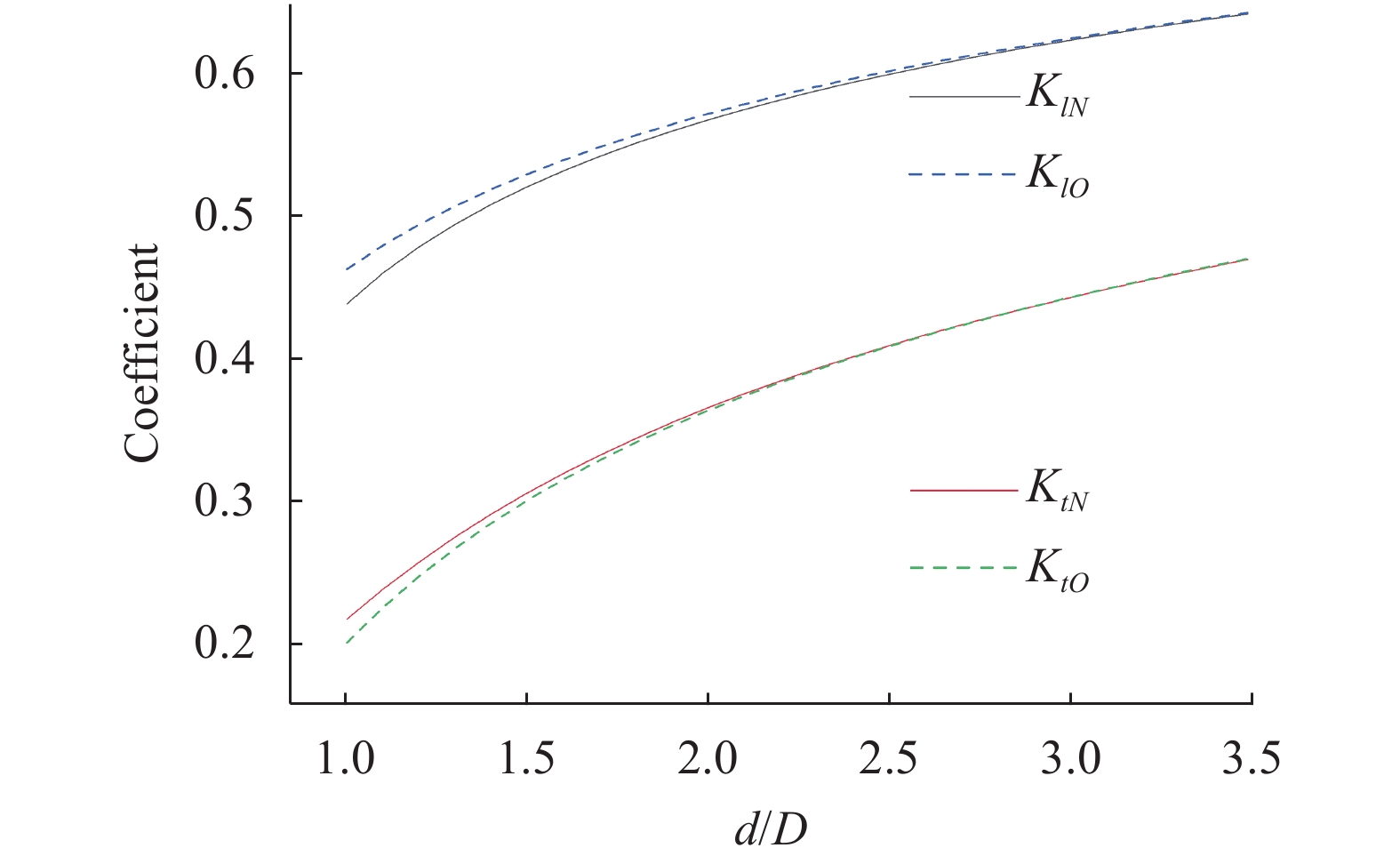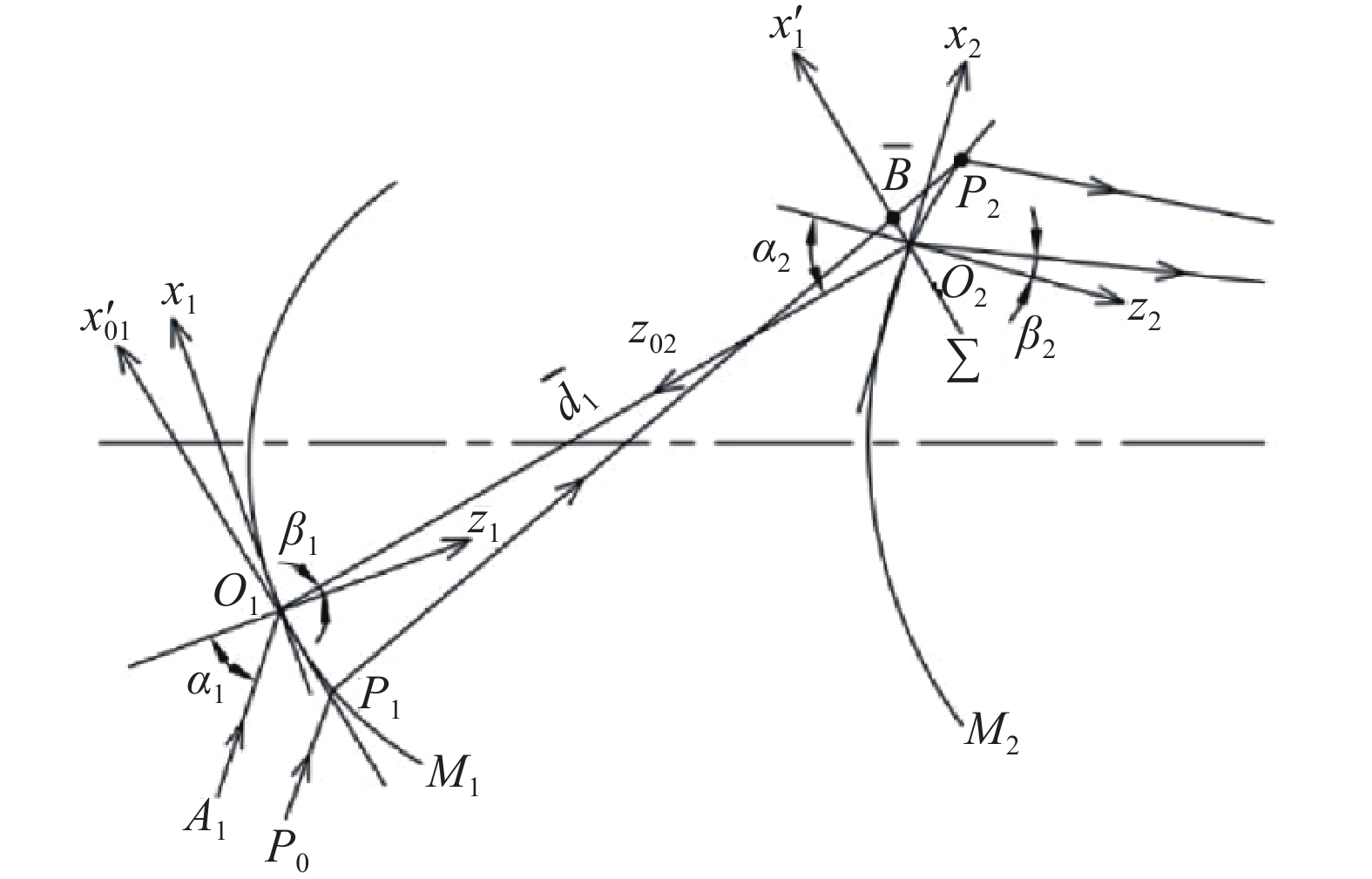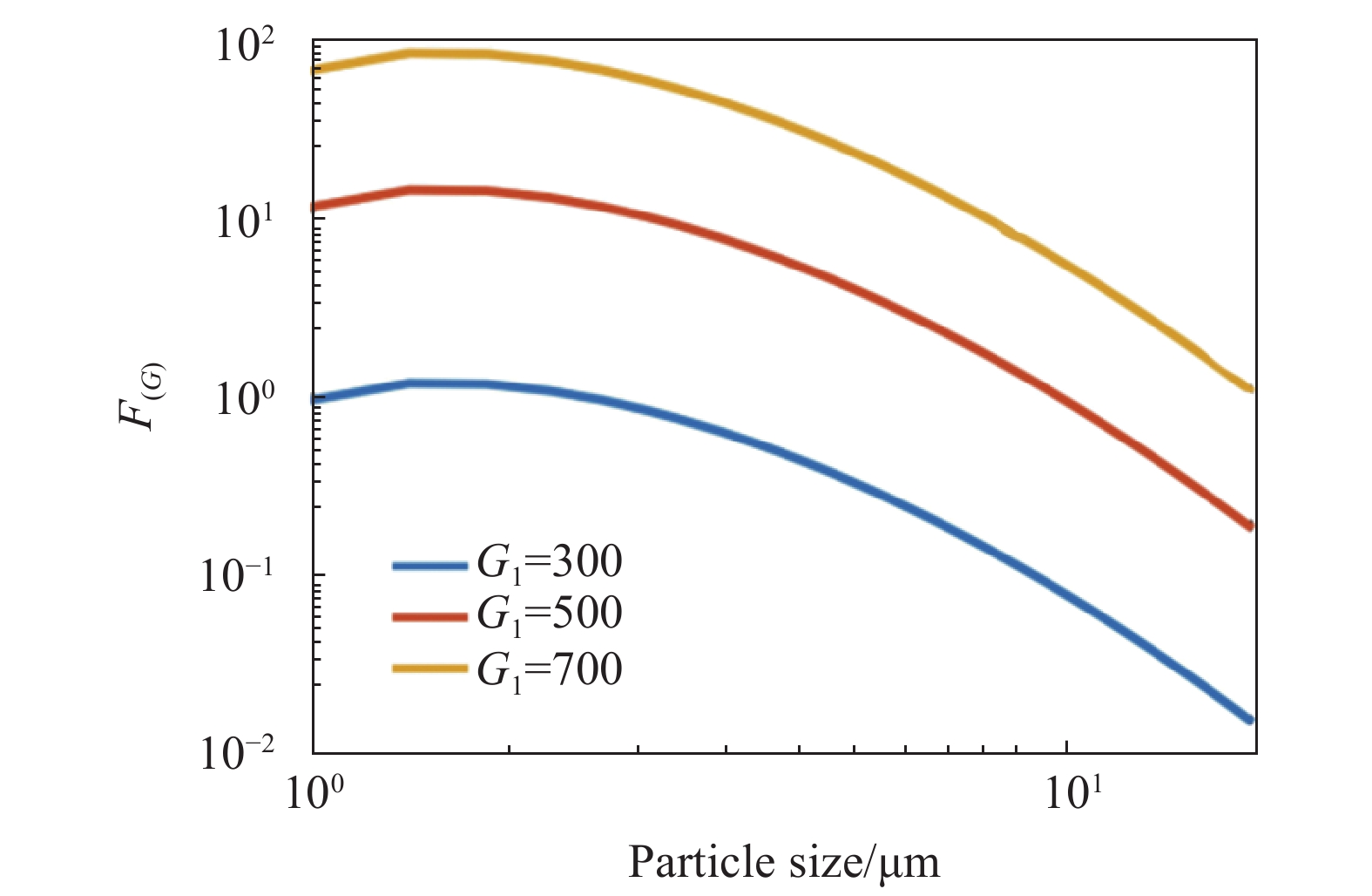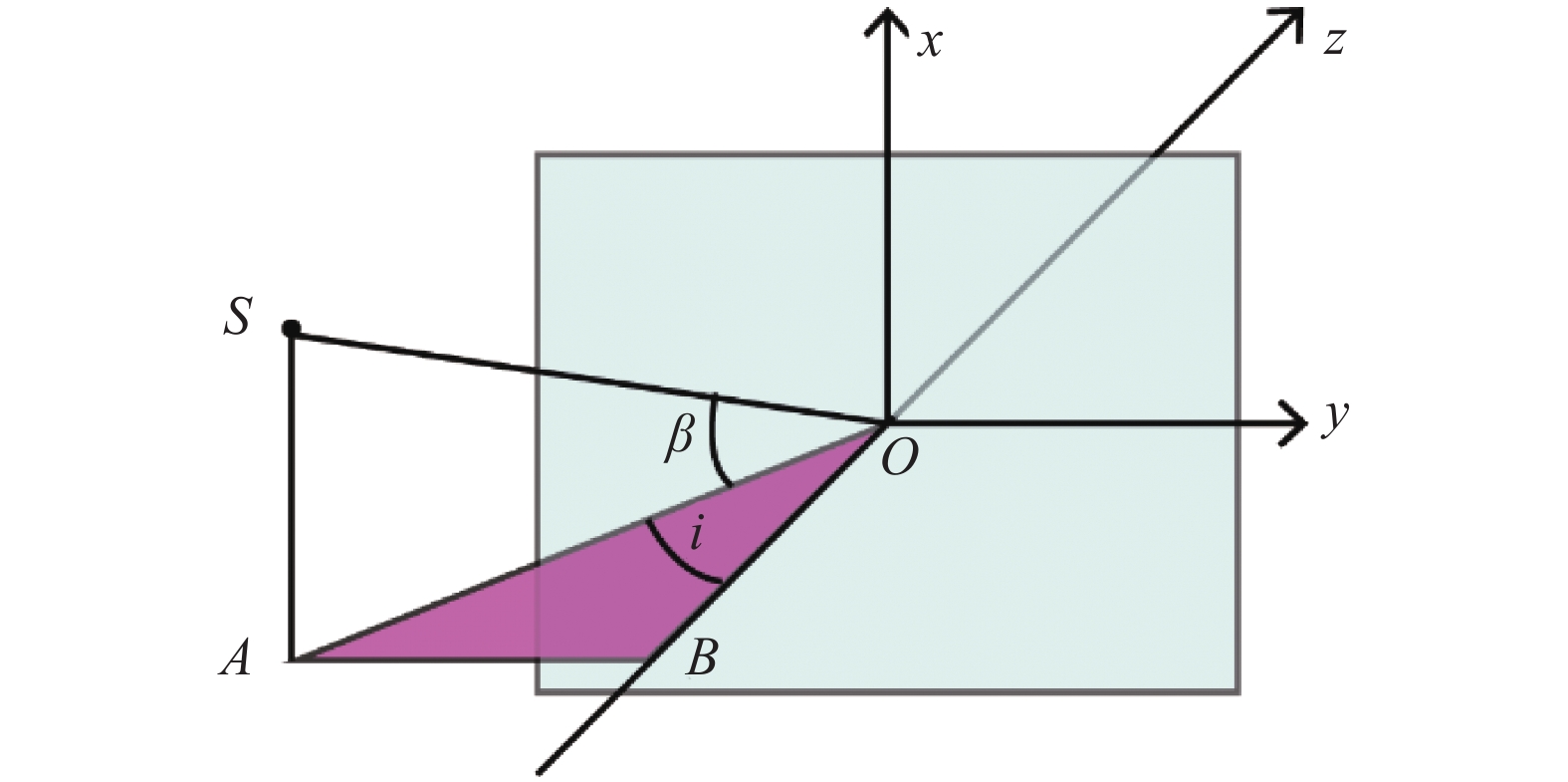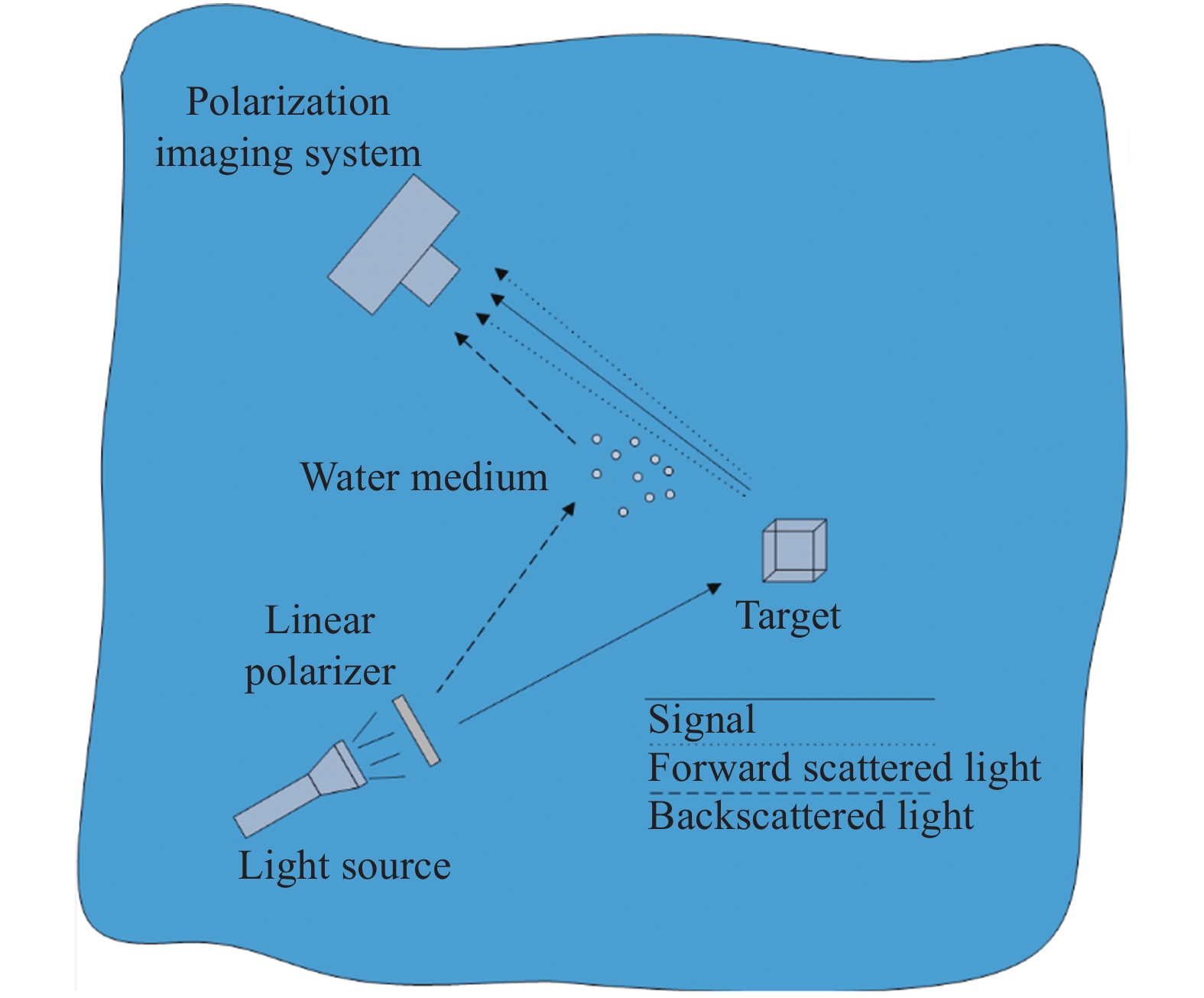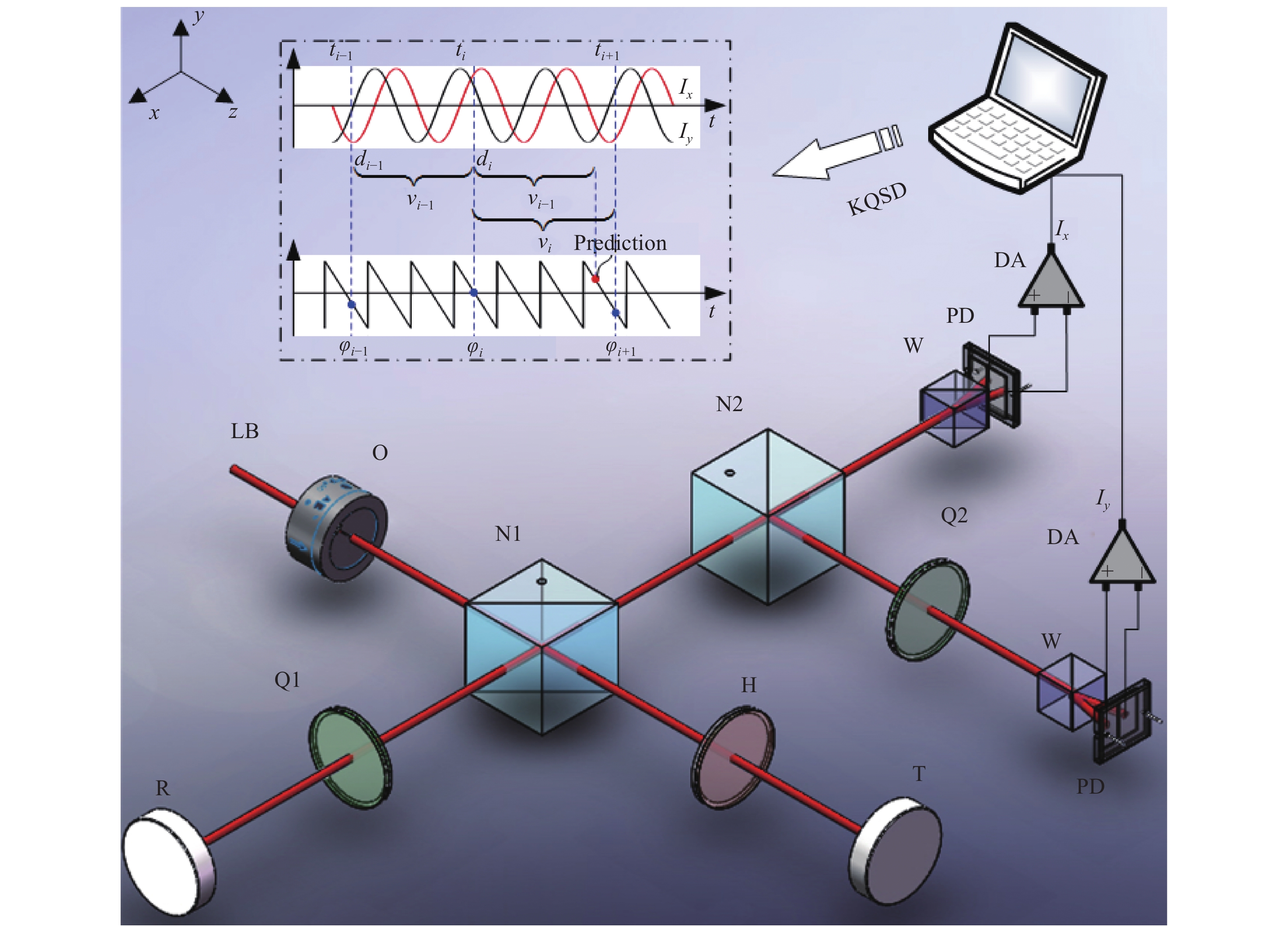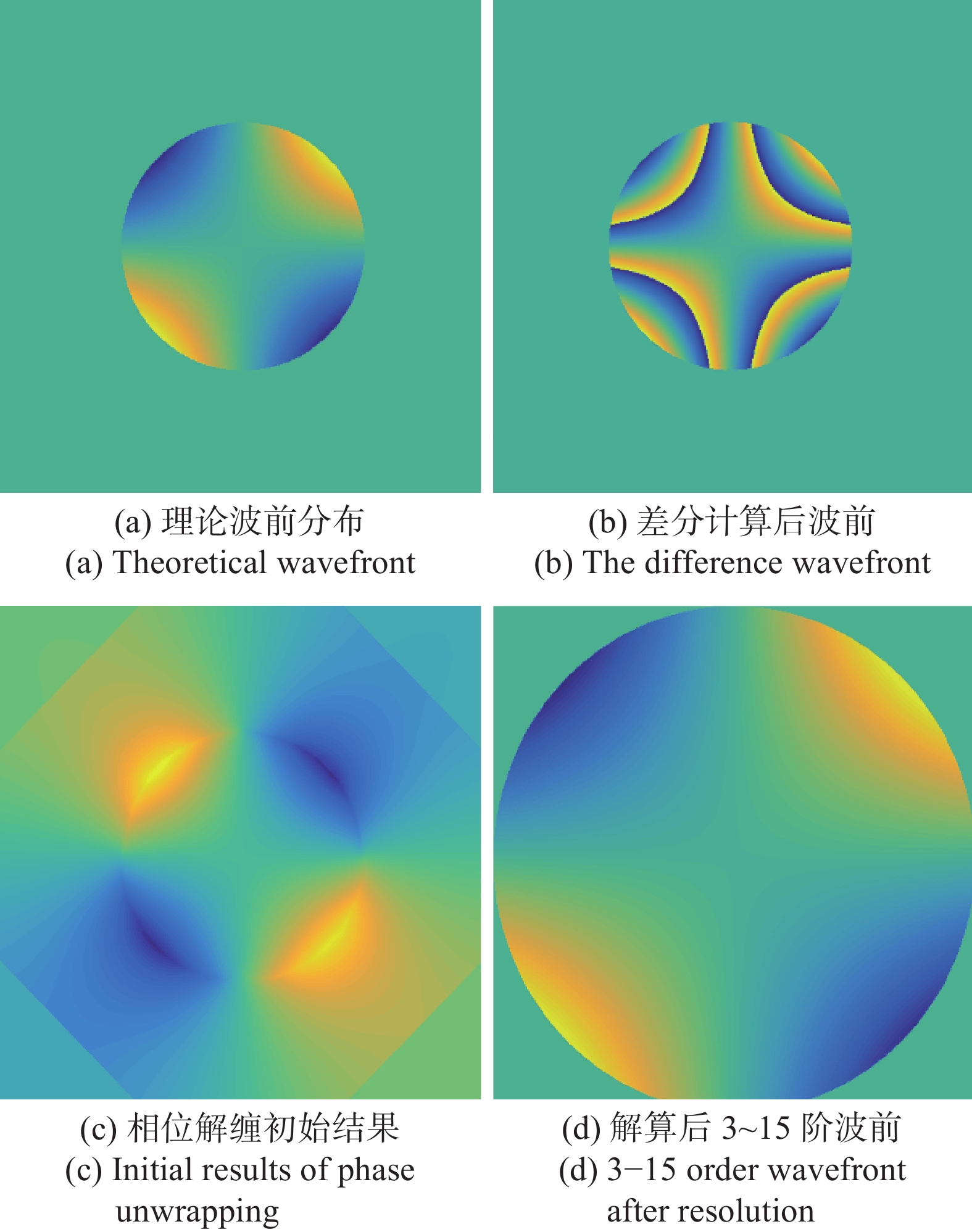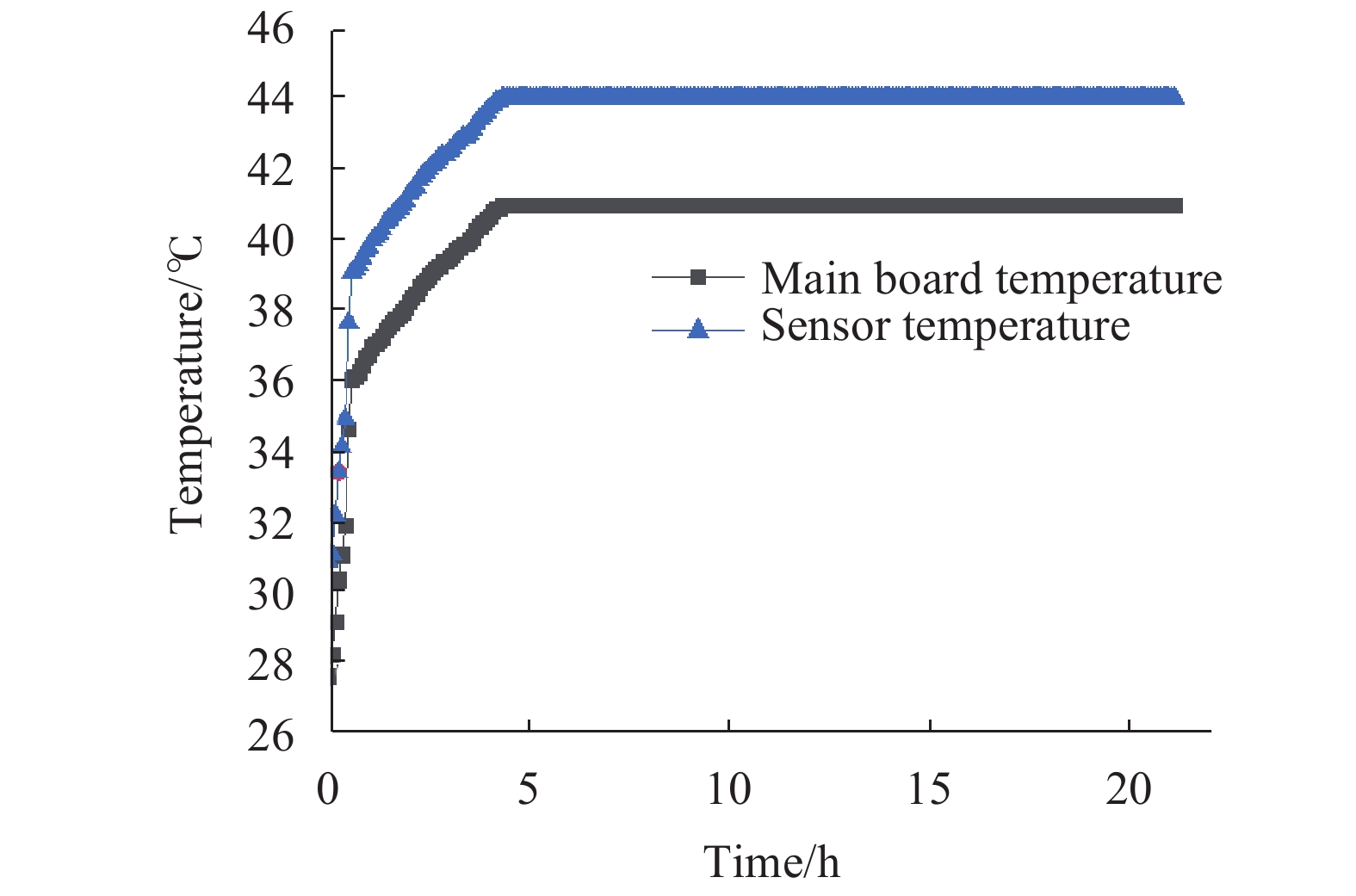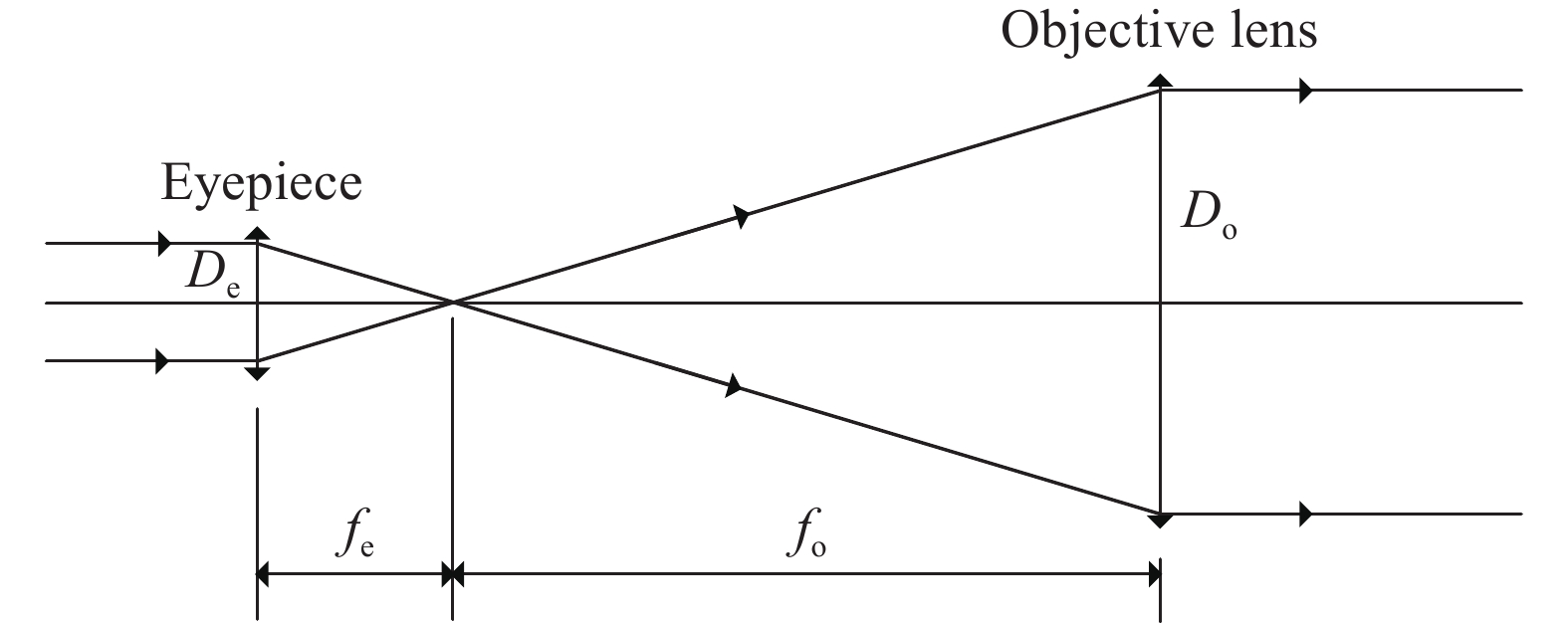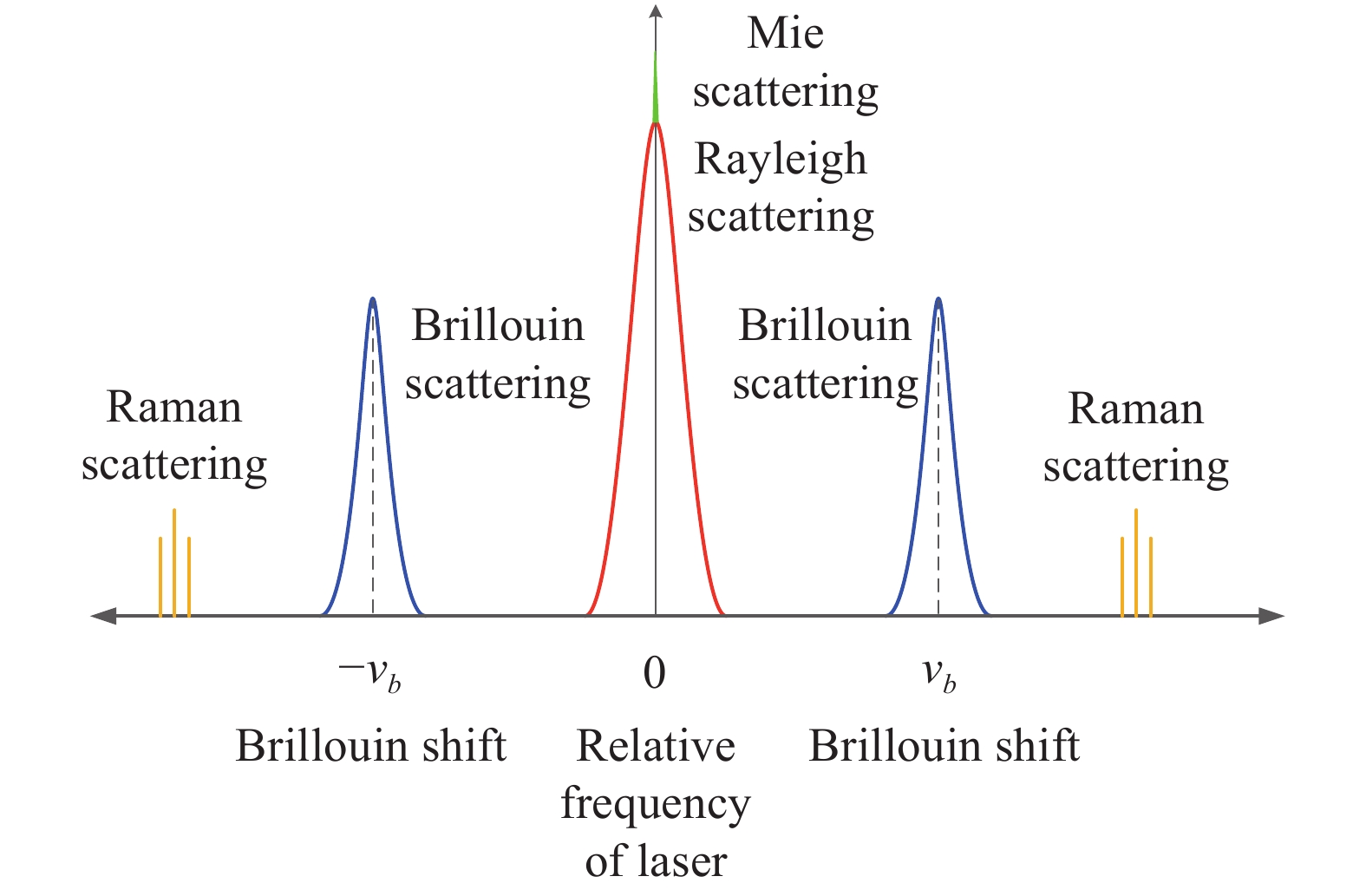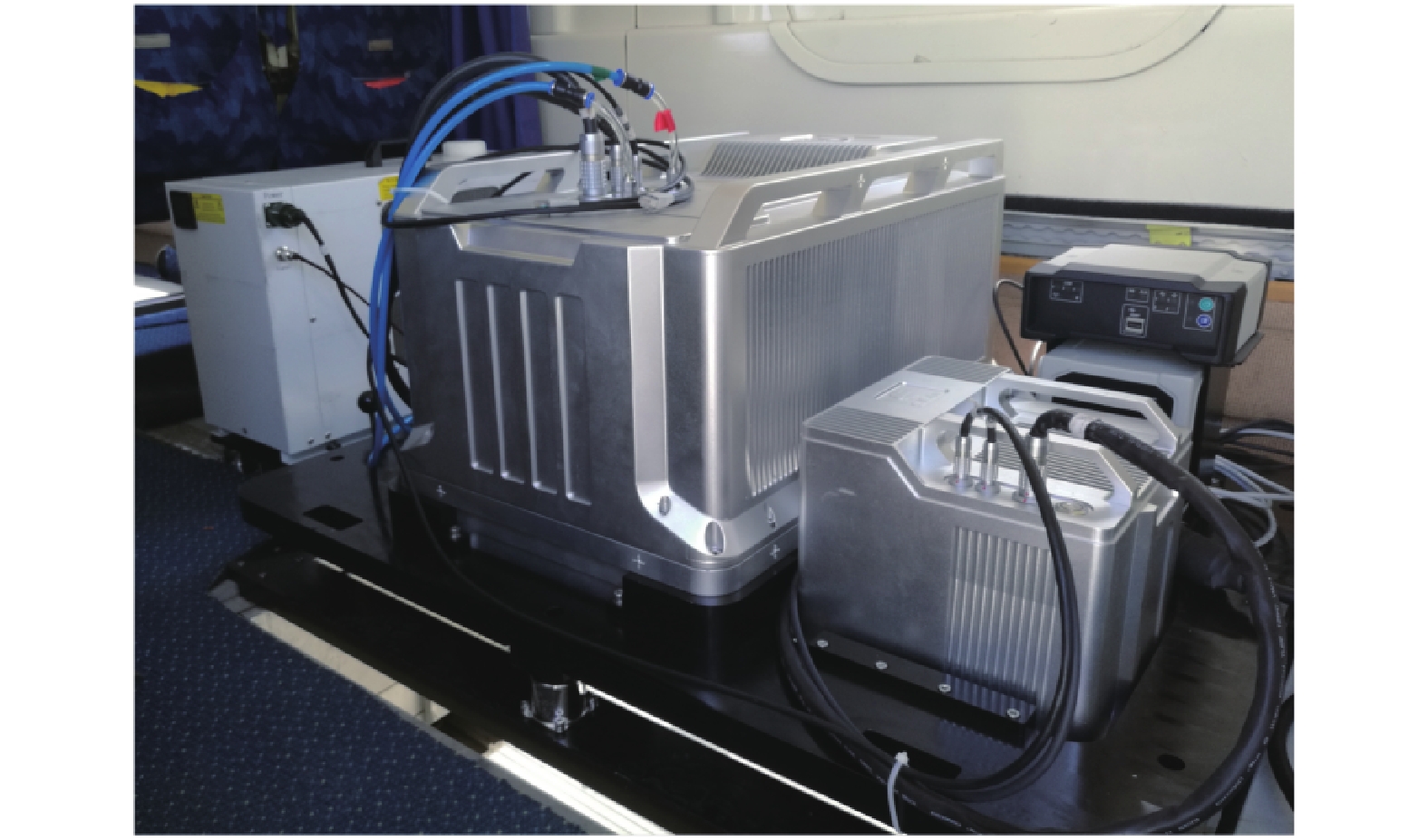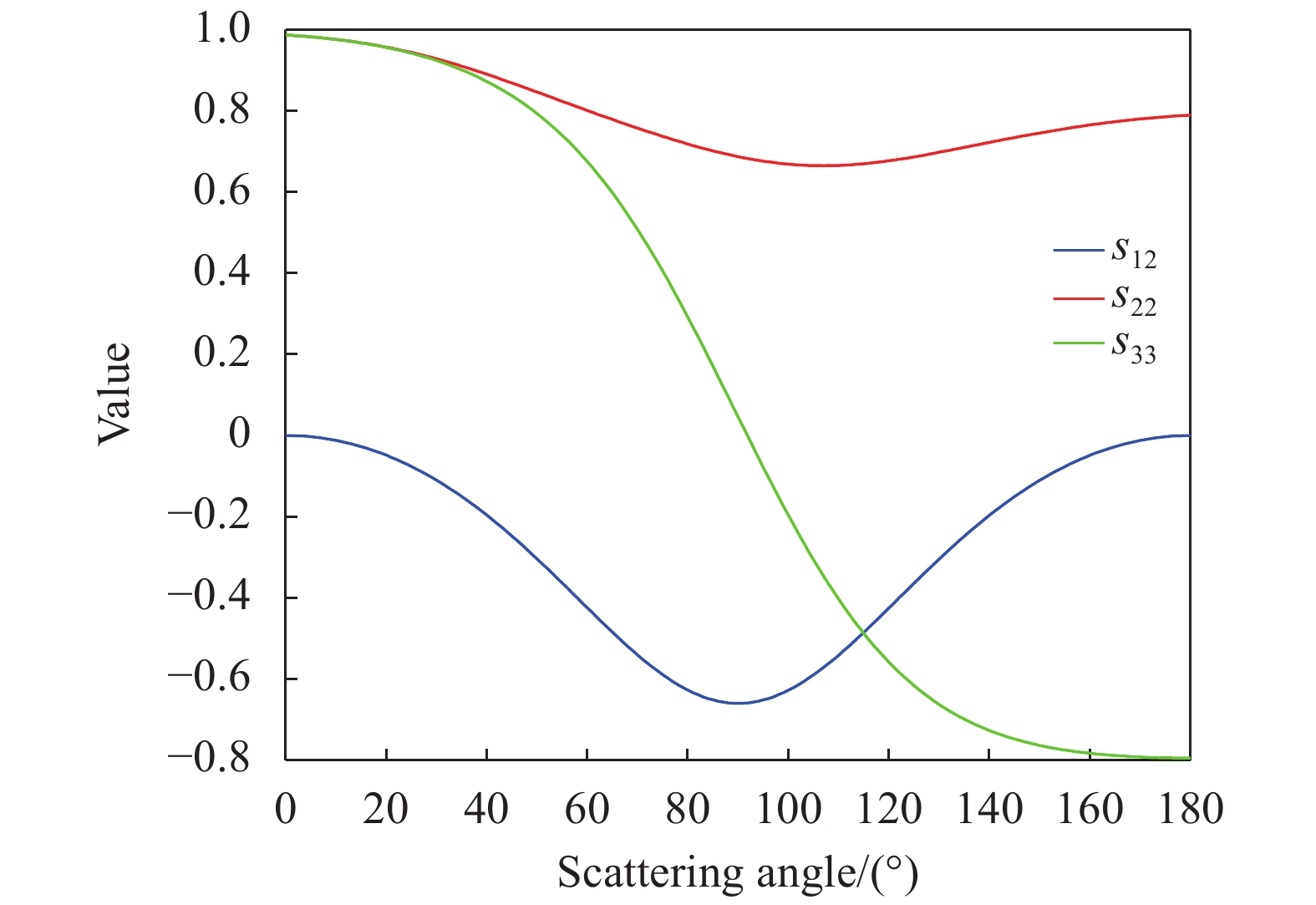2021 Vol. 50, No. 6
- Infrared technology and application
- Optical design
- Optical devices
- Image processing
- Photoelectric measurement
- Optical communication and sensing
- Special issue-Ocean lidar remote sensing $ Instrument experiment
- Special issue-Ocean lidar remote sensing $ Algorithm
- Special issue-Ocean lidar remote sensing $ Application
- Special issue-Ocean lidar remote sensing
The vortex light field has helically shaped wavefront and phase singularities where each photon carries orbital angular momentum (OAM). Its unique properties allow the vortex light field to spatially distinguish incoherent scattered light from coherent non-scattered light, which thus can therefore be used as a spatial filter element. And in the strong scattering environment, this spatial filtering effect is particularly remarkable. The principle of spatial filtering was analyzed and studies of vortex light field in strong scattering environment were introduced. The underwater lidar ranging experiment using the vortex light field was designed to prove that the vortex light field can improve the accuracy of the underwater lidar through its spatial filtering in strong scattering environment. And with strong scattering, this spatial filtering improves the range accuracy more significantly.
Oceans are continuous waters that cover more than 70% of the earth's surface. The optical monitoring of marine life is very important for the protection of marine ecosystem. In this paper, a review on our recent work in the construction of compact hyperspectral spectrometers and lidar systems and their applications in e.g. marine biological detection was given. Hyperspectral imagers with different spatial scanning methods were demonstrated, which were used to detect several kinds of algae, zebrafish and other marine organisms under different modes, such as transmission, reflection and fluorescence modes. In addition, based on some machine learning algorithm, accurate classification of microalgae and accurate prediction of algae growth cycle were achieved. In the aspect of lidar, an inelastic hyperspectral Scheimpflug lidar system has been used to measure aquatic organisms in laboratory and inshore field environment and their fluorescence hyperspectra have been captured successfully, which demonstrated the great potential of the inelastic hyperspectral Scheimpflug lidar system in the application of marine biological monitoring. A four-dimensional detection system which could achieve high spectral resolution (3 nm), high spatial resolution and high depth precision (27.5 μm) was also presented.
Marine macro life in-situ observation and measurement is of great significance to research and evaluate marine ecological environment, marine biological resources and seabed mineral resources. Traditional underwater cameras for in-situ observation of marine macro life have problems with low-contrast target (LOST) caused by target radiation characteristics, water light scattering, and loss of distance information in 2D images. Light ranging and imaging (LiRAI) technique was proposed, which could take into account and surpass the traditional lidar and camera composite technical solution, using a single system to simultaneously obtain high-contrast 2D intensity images and high-resolution 3D images with mega-pixels, and pixels in 2D images correspond to voxels in 3D images one by one. “Fengyan” systems were established based on LiRAI for marine macro life in-situ observation and measurement. The optical sampling volume was adjustable, the range resolution was better than 1 cm, and the number of pixels was 1 360×1 024. Since 2018, four voyages of sea trials had been conducted in the South China Sea, and images of marine life and sea floor had been obtained successfully, and the maximum working depth of “Fengyan” was 3 291 m.
Brillouin lidar is one of the important methods to detect ocean environmental parameters. Firstly, the basic work principle of Brillouin lidar system was introduced. Then, from the theoretical basis, three retrieval models based on the relationship between Brillouin scattering spectrum characteristics: Brillouin shift, Brillouin linewidth, and the combination of them, and ocean environmental parameters were introduced. Secondly, as the key technology of Brillouin lidar, several Brillouin spectrum measurement methods were introduced: the scanning Fabry-Pérot(F-P) interferometer, the edge detection technique, F-P etalon combined with Intensified Charge Coupled Device(ICCD), and multi edge detection technique.
A method and laboratory system for measuring the volume scattering function (VSF) of water approaching to 180° were developed based on an off-axis reflective optical path, which overcame the limitations of the current VSF system in the measurement of backscattering at small angle. The system adopted an off-axis parabolic mirror to separate the backscattered light at small angle from the incident laser, which reduced the blind area for measuring the backscattering at small angle. In addition, it could obtain the small angle backscattering signal within full azimuth angle. The polystyrene standard particles were used for the calibration and validation of the system. The results show that the calibrated measurement system can provide the measurement of the volume scattering function of suspended particles in the range of 173°-179.4°, with an angular resolution of 0.01°. The experimental values of the particulate VSF agree well with the theoretical value calculated from Mie scattering. This proves the accuracy and feasibility of the system in measuring the volume scattering function of water approaching to 180°.
Particulate backscatter coefficient (bbp) is the core parameter of ocean optics when applied to marine ecology and biogeochemistry. However, the current commonly used in-situ methods can not carry out large-scale detection in a short time, and passive ocean color remote sensing can not work under dark and cloudy conditions. In contrast, the active remote sensing method, spaceborne Light Detection and Ranging(lidar), can break through the above limitations, and has great advantages in ocean detection. Cloud Aerosol Lidar with Orthogonal Polarization(CALIOP), launched in 2006, became the first spaceborne lidar able to provide global seawater bbp, particularly important for polar and diurnal observations. In this paper, the principle of the CALIOP system and three levels of its major data products were introduced in detail. Paper focused on combing the method of bbp inversion with the depolarization ratio of the CALIOP 532 nm polarization channels and the subsequent improvement measures such like the deconvolution method correcting the transient response of the system. A corresponding algorithm was fully developed, which the detailed complete inversion process was summarized, and the current bbp inversion results were presented. The works were intended to provide reference for data processing and application of the China space-borne oceanic lidar in the future.
Airborne lidars have been used in shallow sea surveying and mapping. The water depth extraction algorithm is vital in assessing the system’s maximum sounding ability, similar to lasers, receiving telescopes, and detectors. The conventional water depth extraction algorithm processes the single waveform data and measures water depth through the extraction of the sea surface and seafloor positions in the waveform. This method is susceptible to the influence of strong signals from the seawater scattering layer when extracting weak echo signals from the bottom of the deep water, resulting in a decrease in the ability and accuracy of water depth extraction. To address this issue, the one-dimensional echo waveform data was combined into two-dimensional echo intensity images according to the acquisition order. Each column of the image represented an echo waveform, and the gray value of the image corresponded to the intensity of the echo signal. Using the horizontal correlation of the image and through image processing methods such as bilateral filtering and local threshold binarization, the submarine echo signal profile was extracted. This method both improves the extraction ability of seabed echoes and circumvents the interference of scattering layer signals on weak seabed signals while also providing a new data processing method for the combined detection of shallow sea terrain and underwater targets.
A Monte Carlo radiative transfer model with polarization was developed to simulate and analyze the vertical profile of received polarization signal of a ship-borne lidar. The measurement errors resulted from different seawater optical parameters and various lidar measurement modes were analyzed as well. A Gaussian distribution function was used to describe the chlorophyll-a vertical profile. The scattering layers were set at 10-30 m with the low, medium and high values of chlorophyll-a concentration ([chl-a]), respectively, and the corresponding maximum value of [chl-a] was 0.1 mg/m3, 1 mg/m3 and 10 mg/m3, respectively. The polarization return signals of the ship-borne oceanographic lidar were simulated with a laser transmission wavelength of 532 nm and field of views (FOVs) of 10-1000 mrad, and the main factors affecting the polarization measurement error were analyzed. The results suggest that the single scattering ratio of lidar return signal decreases with the enhancements of detection depth, [chl-a] and FOV due to the multiple scattering process of laser transferring in seawater. This leads to an increase in the error of the depolarization ratio directly measured by lidar. Let’s take the FOV of 100 mrad as an example. In the case of the scattering layer with a medium [chl-a], the relative errors of the depolarization ratio above (0-10 m), in (10-30 m) and under (30-40 m) the scattering layer were 16%, 125% and 281%, respectively. In the scattering layer, the relative errors of the depolarization ratio were 54%, 125% and 731% for the low, medium and high values of [chl-a], respectively. When the FOV increases from 10 mrad to 1000 mrad, the relative error of the depolarization ratio increases from 6%-28% above the scattering layer, 17%-452% in the scattering layer and 10%-734% under the scattering layer, respectively, for the case of the scattering layer with a medium [chl-a]. Therefore, when using the polarization oceanographic lidar to detect the seawater depolarization ratio, the traditional algorithm for depolarization ratio will introduce a large error due to the multiple scattering process, and a correction is required to improve the detection accuracy of lidar measurement.
On September 15, 2018, NASA successfully launched the ICESat-2 satellite, which carries the Advanced Topographic Laser Altimeter System (ATLAS). ATLAS/ICESat-2 has been widely used in many research fields, such as polar ice-sheet elevation measurement, sea-ice thickness estimation, land elevation measurement, and vegetation measurement. Unlike GLAS/ICESat, ATLAS uses a more sensitive single-photon detector in the signal detection system. The system emits 10 000 pulses per second (GLAS/ICESat system emits 40 pulses per second), which enables high-density photon data with higher repetition frequency and smaller light spots, thus enabling high-precision global observation. Due to the influence of the detector photomultiplier tube (PMT) after-pulse used by ATLAS, small amplitude pulse interference often occurs after the output of echo signal pulse, which cannot accurately reflect the original signal waveform. Therefore, the measured signal must be corrected in the practical application process. Firstly, based on ATL03 product, the photon counting echo data were preprocessed to obtain the profiles of sea ice, ocean, land and desert. The results show that there are two small pulse echoes (about 2.3 m and 4.2 m) after the main signal echo, and there is a longer delay pulse echo between land and desert (about 10-45 m). It is confirmed that different reflective surfaces are affected by after-pulse of PMT. Secondly, the impulse response functions under different beams were calculated by using the night observation data of ICESat-2 over the Sahara Desert. The overall shape of the impulse response functions obtained from the six beams was similar. After the main signal echo, there were three pulse echoes of different amplitude (about 2.3 m, 4.2 m and 6.5 m). Finally, the impulse response functions under six beams were used to correct the same ocean profile. The results show that except ATLAS Beam2, all the other beams can effectively filter out the small amplitude pulse after the main pulse, and the real underwater echo signal can be picked up.
Based on the 14 years(2006-2019) CALIOP data and up-to-date lidar aerosol classification method, the dominant aerosol types and the vertical distribution characteristics over the Bohai and Yellow Sea within the height range of 0.28-8.17 km were identified, and the long-term variability and seasonality were revealed. (1) The dominant aerosol types in the study area are Dusty Marine(36%), Dust(25%), Clean Marine(17%), Elevated Smoke(11%) and Polluted Dust(9%) (totally>97%), with the three types of aerosol related to dust accounting for about 70%. (2) The vertical distribution of various types of aerosols has distinct characteristics. Aerosols of Clean Marine and Dusty Marine are mainly found in the atmosphere with height below 2.5 km. Polluted Dust and Elevated Smoke are mainly above 2.5 km. The proportion of Dust aerosols increases with height. (3) In regards of the long-term variability, the percentages of Polluted Dust show a fluctuating descending trend during the past 14 years, whereas that of Clean Marine aerosol increases steadily, and that of Elevated Smoke decreases monotonously. (4) The proportion and vertical distribution of various types of aerosols exhibit obvious seasonal variability.
The estimation of ocean organic carbon stocks plays an important role in researching on the process of carbon cycle and predicting climate changes. The ocean organic carbon stocks can be estimated using remote sensing reflectance, water optical properties and other parameters. According to the properties of water in the East China Sea, the estimation results of several algorithms of organic carbon were compared in this paper. Combining with the vertical distribution models, a complete estimation model of organic carbon in the East China Sea was obtained. Based on the remote-sensing reflectance, the temperature data and the salinity data of 2010 provided by MODIS and Argo, the organic carbon stocks in the East China Sea were estimated and analyzed according to seasons. The results show that the organic carbon stocks of the all water column in the East China Sea in 2010 are between 1.530×1014 g and 2.125×1014 g, and the organic carbon stocks of the euphotic layer are between 4.119×1013 g and 7.980×1013 g. The organic carbon stocks in the all water columns are high in winter and low in spring, while organic carbon stocks in the euphotic layer are high in summer and low in winter. It shows a fluctuating upward trend from 2006 to 2015. The organic carbon stocks of the East China Sea is estimated. It provides a method for the determination of ocean carbon stocks in China in the future.
Recent studies have shown an increase or even outbreaks of jellyfish in many bays and seas around the world, which has a negative impact on the marine ecological environment, marine fisheries, coastal tourism, nuclear safety and so on. In August 2017, the self-developed shipborne polarized oceanic lidar carried out experimental measurements in the Yellow Sea. Rich strongly scattered individual signals were observed. Combined with the video monitor information, the signals were determined to come from the jellyfish (Nemopilema nomurai), demonstrating the polarized oceanic lidar is available to realize the remote sensing detection of jellyfish. The results show that the optical properties of jellyfish in the same waters show clustering. The signal contrast distribution of jellyfish in different waters was similar, and the distribution of depolarization rate was different, indicating that the optical properties of jellyfish were closely related to the water environment where they lived. As a result, the polarized oceanic lidar can monitor the distribution and population changes of jellyfish efficiently, economically and accurately and its future promotion can improve the dynamic monitoring methods of jellyfish in Chinese waters.





